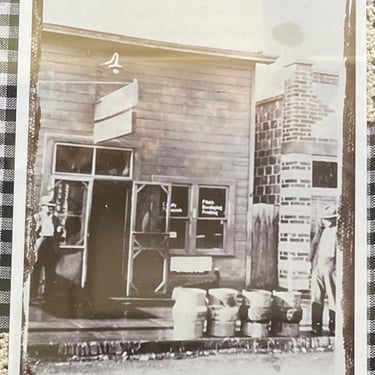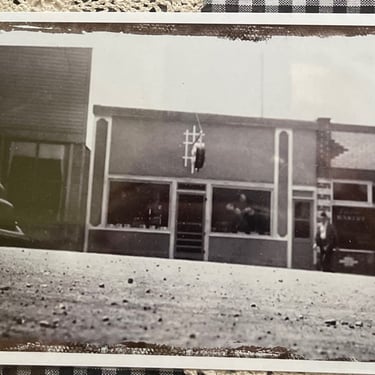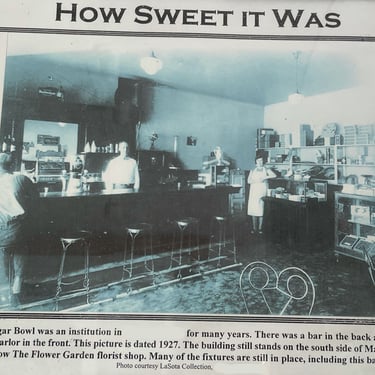Why protect and restore historical buildings
Protecting and restoring historical buildings is crucial for several reasons.
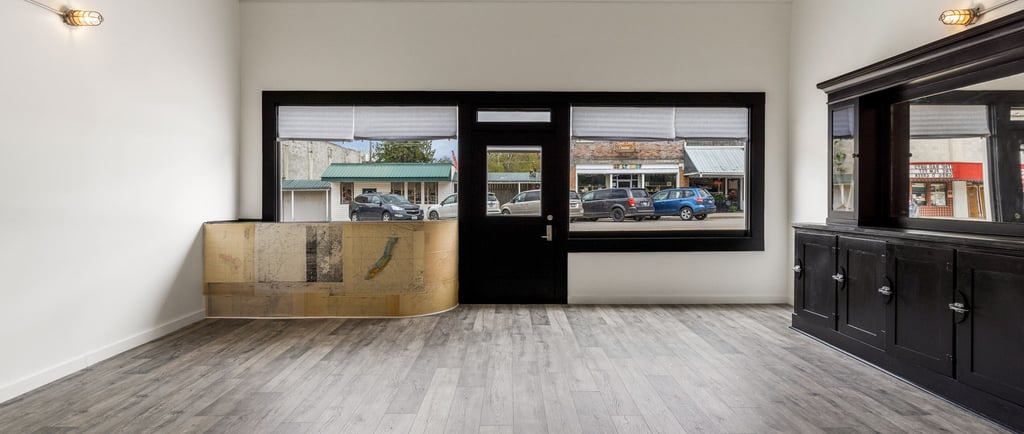

Protecting and restoring historical buildings is crucial for several reasons. Firstly, historical buildings serve as tangible links to our past and cultural heritage. They embody the architectural styles, craftsmanship, and historical events of a particular era, providing us with a sense of identity, continuity, and a connection to those who came before us. These buildings often hold significant historical, social, or artistic value, representing important milestones in our collective history.
Secondly, preserving historical buildings contributes to the cultural and economic vitality of communities. Such structures often become landmarks and tourist attractions, attracting visitors from around the world. Tourism related to historical buildings can bring substantial economic benefits to local businesses and communities, boosting employment opportunities and overall prosperity.
Moreover, historical buildings are often irreplaceable and unique. Each structure has its own story to tell, and once lost, that story is gone forever. These buildings embody the collective memory and cultural fabric of a society, and their preservation ensures that future generations can learn from and appreciate the past.
Additionally, protecting and restoring historical buildings can have positive environmental implications. Reusing existing structures reduces the need for new construction, which helps conserve resources and minimize carbon emissions associated with building materials. By revitalizing historical buildings, we can promote sustainable development and adaptive reuse, transforming them into functional spaces for contemporary purposes while retaining their historical character.
Lastly, preserving historical buildings fosters a sense of pride, community, and social cohesion. These structures often serve as gathering places, hosting cultural events, celebrations, and community activities. They contribute to the aesthetics and overall quality of life in a region, creating a sense of place and enhancing community pride and identity.
In summary, protecting and restoring historical buildings is essential to safeguard our cultural heritage, stimulate economic growth, foster sustainable development, and maintain a strong sense of identity and community. By preserving these architectural treasures, we ensure that the stories of the past are preserved for future generations to learn from, appreciate, and enjoy.
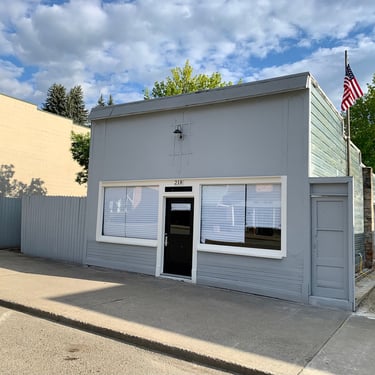
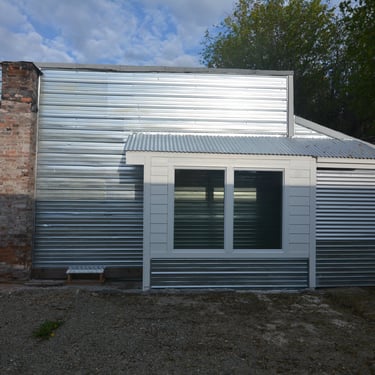
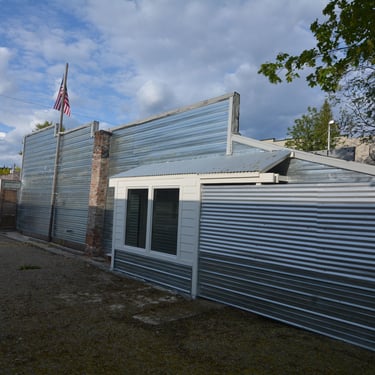
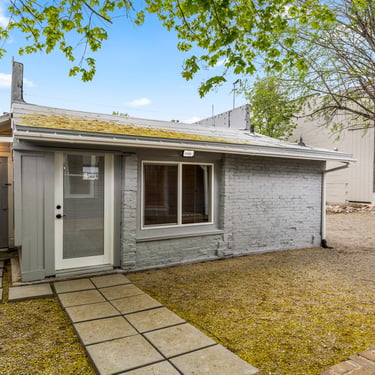
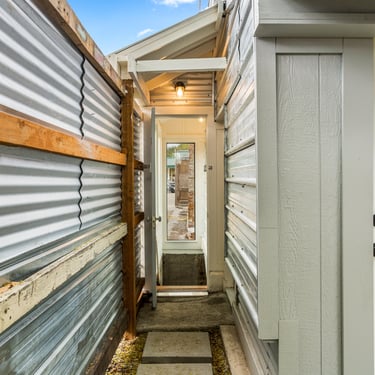
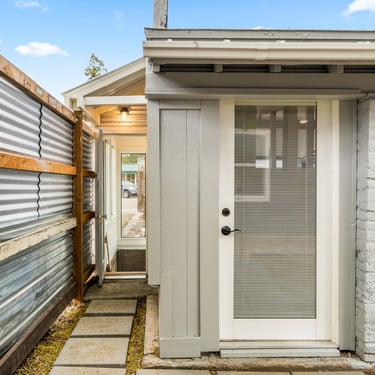
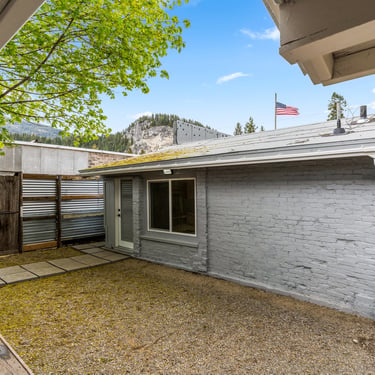
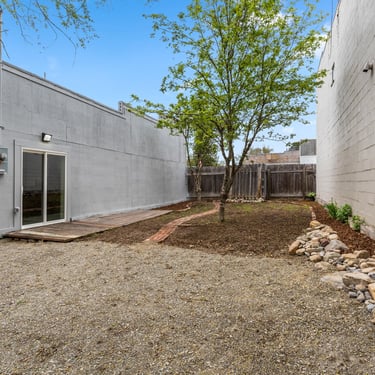
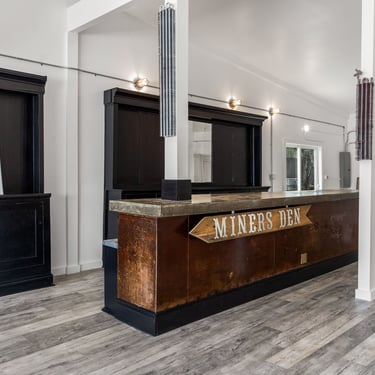
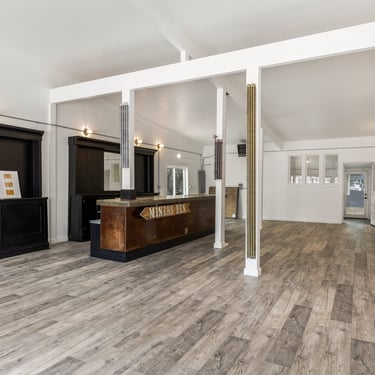
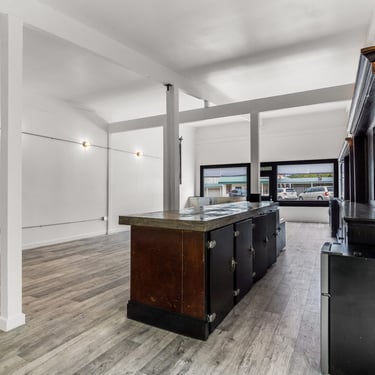
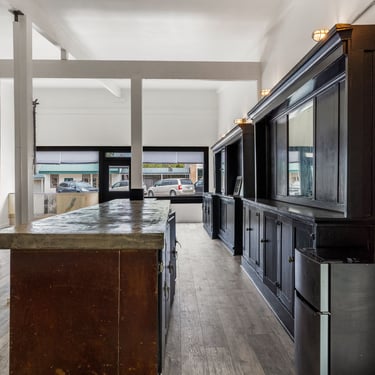
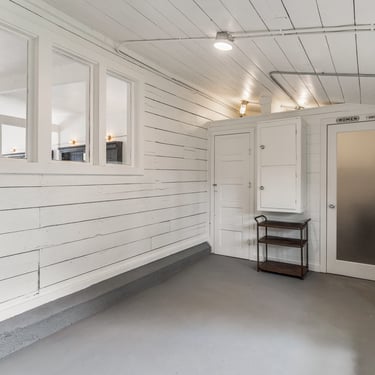
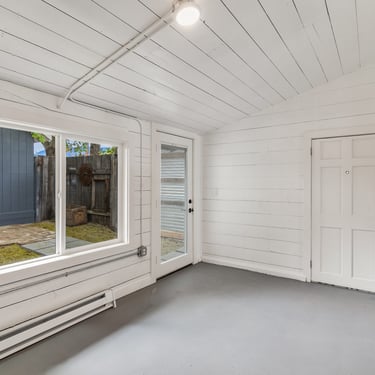
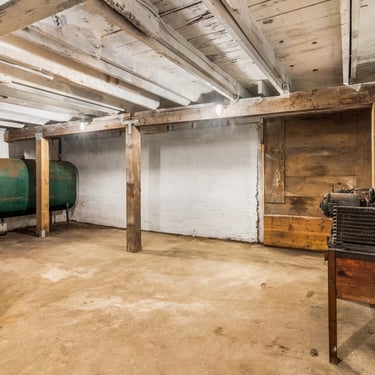
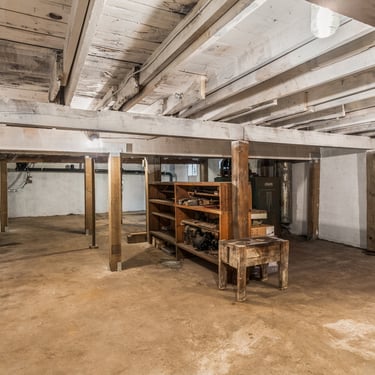
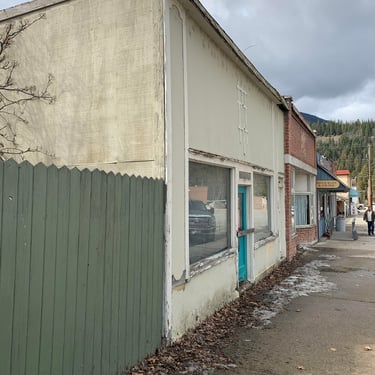
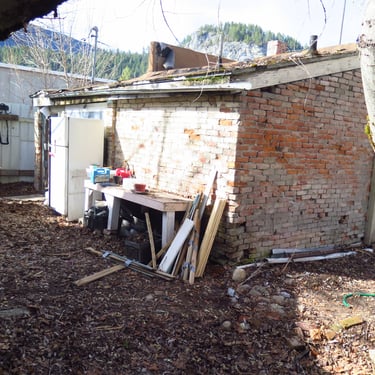
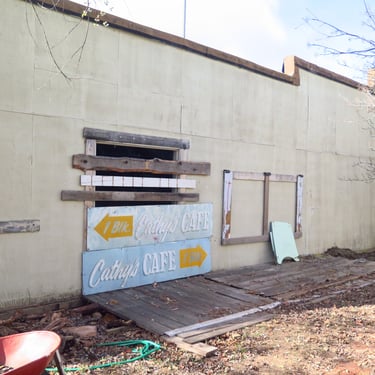
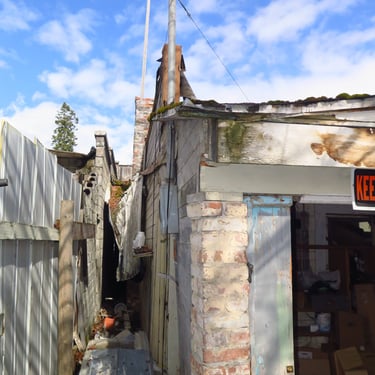
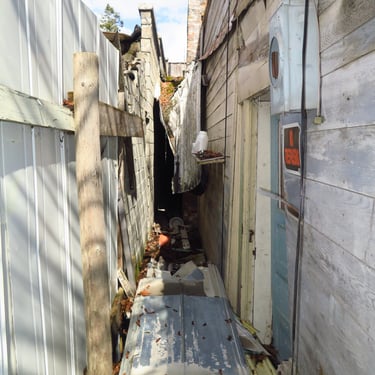
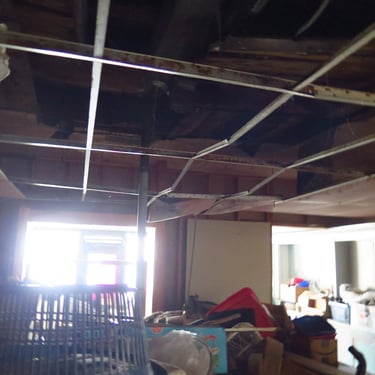
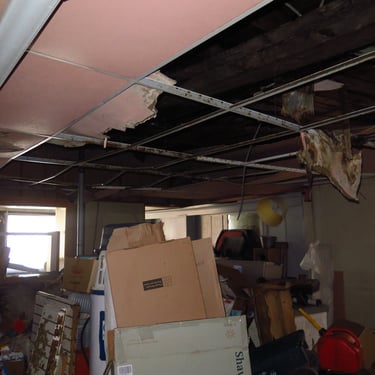
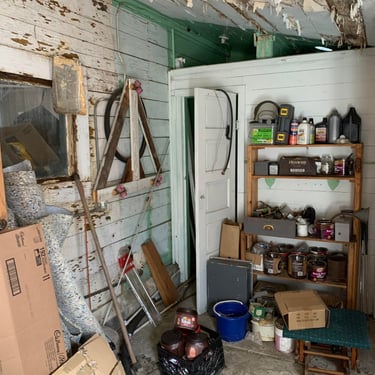
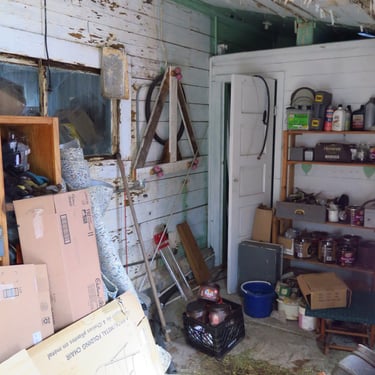
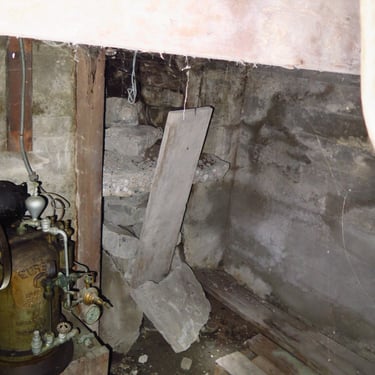
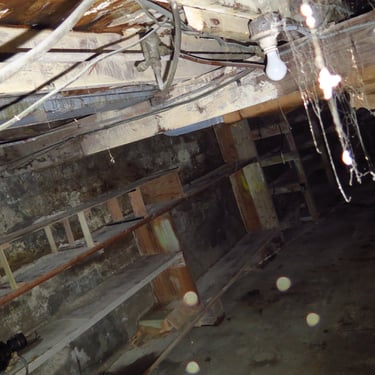
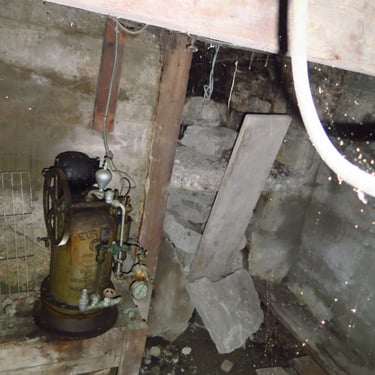
Existing building before restoration
Historical photos
